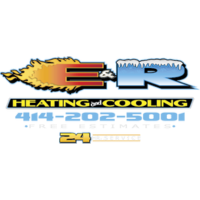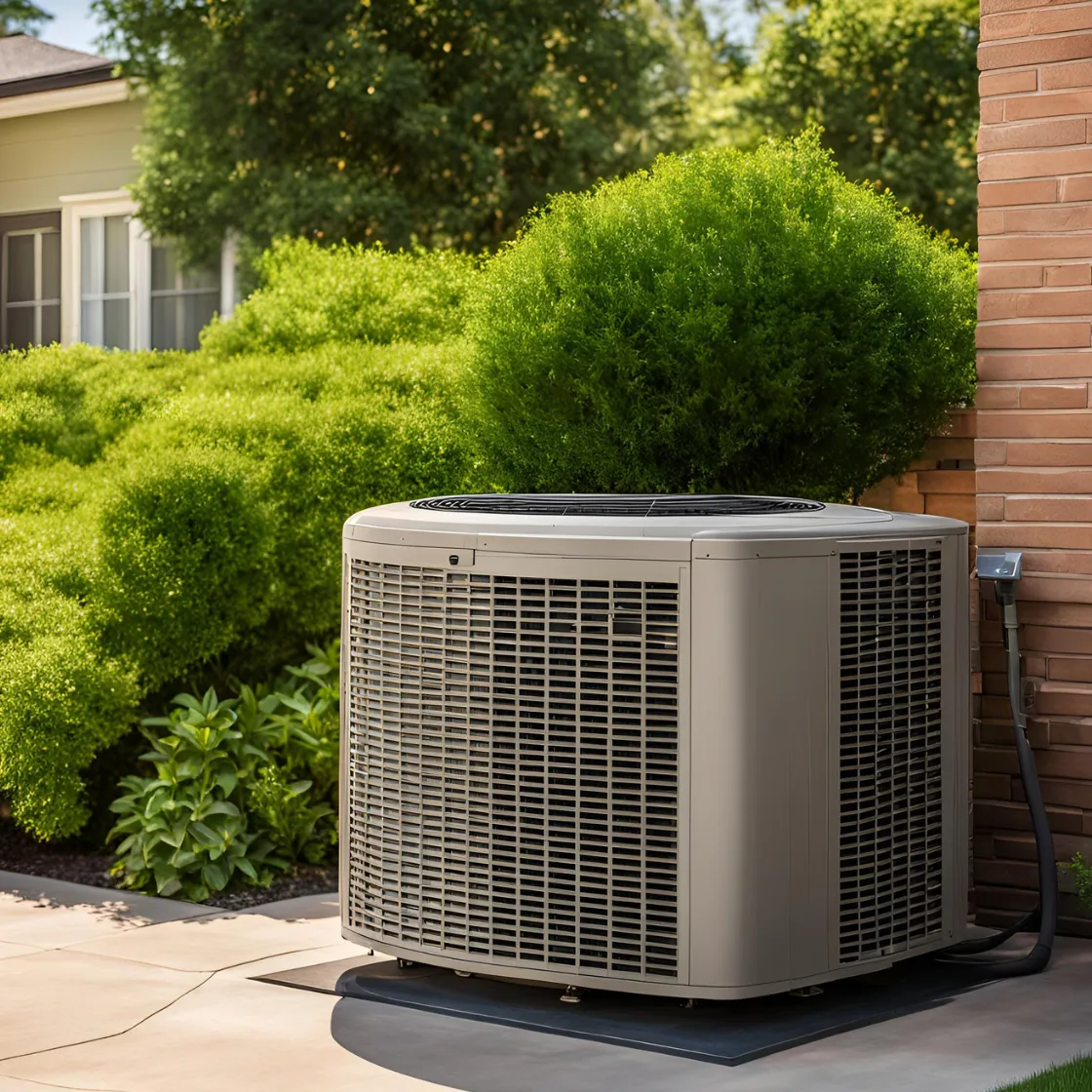
The Complete Guide to HVAC Systems – What You Need to Know
E & R Heating and Cooling understands that choosing the right HVAC system is a significant decision. Whether installing a new system or upgrading an existing one, knowing the basics helps ensure the best choice for efficiency and comfort. This guide covers key aspects of HVAC systems, including efficiency ratings, system components, and cost considerations.
Understanding HVAC Systems
HVAC stands for Heating, Ventilation, and Air Conditioning, covering essential systems that regulate indoor temperature and air quality. These include:
Heating – Furnaces, heat pumps, or boilers provide warmth in colder months.
Cooling – Air conditioners and heat pumps maintain a comfortable temperature in summer.
Ventilation – Ductwork, air filters, and fans ensure proper airflow and indoor air quality.
SEER Ratings and Energy Efficiency
One of the most important factors in HVAC selection is the SEER rating (Seasonal Energy Efficiency Ratio). This number indicates the system’s energy efficiency:
Standard ratings range from 13 to 21 SEER.
Higher SEER ratings improve efficiency but may come with higher upfront costs.
Climate and system usage influence whether a higher SEER system provides long-term savings.
Common HVAC System Configurations
A popular energy-efficient setup combines a heat pump with an electric furnace. This configuration ensures reliable heating and cooling throughout the year:
The heat pump efficiently provides cooling and heating during moderate temperatures.
An electric furnace supplements heating in colder weather when temperatures drop below freezing.
This combination maximizes efficiency while maintaining a comfortable indoor climate.
Key HVAC Components
Indoor Unit Components:
Air Handler – Circulates heated or cooled air throughout the home.
Furnace – Provides additional heating when needed.
Evaporator Coil – Absorbs heat and moisture during cooling cycles.
Outdoor Unit Components:
Condenser Coil – Releases heat absorbed from indoor spaces.
Compressor – Circulates refrigerant to regulate temperature.
Fan – Helps dissipate heat efficiently.
The Role of a Thermostat
A programmable or smart thermostat enhances efficiency by allowing precise temperature control. Features such as remote adjustments and learning capabilities help reduce energy consumption.
Optimal Thermostat Placement:
Install centrally for accurate readings.
Avoid direct sunlight or vents to prevent false temperature readings.
Ventilation & Ductwork – Ensuring Proper Airflow
Proper ventilation and duct placement ensure even heating and cooling:
✅ Vents positioned near windows and doors prevent drafts.
✅ Return vents improve air circulation and efficiency.
✅ Toe-kick vents in kitchens enhance airflow in high-use areas.
Well-designed ductwork reduces energy waste and improves indoor comfort.
Selecting the Right Outdoor Unit
Choosing an appropriately sized outdoor unit ensures optimal performance. A common guideline is 1 ton per 500 square feet of living space. For a 3,000-square-foot home, a 5-ton unit is a suitable choice.
Additional Considerations:
Local codes may require an electrical outlet near the outdoor unit for maintenance.
Proper drainage prevents water buildup and potential damage.
Monthly Energy Costs
Winter heating costs typically range around $170 per month, depending on factors such as:
🔹 Climate – Colder regions require more heating.
🔹 Energy Efficiency – Higher SEER ratings can reduce expenses.
🔹 Usage Habits – Smart thermostats help optimize energy use.
Choosing the Right HVAC System
E & R Heating and Cooling specializes in energy-efficient HVAC solutions tailored to meet individual needs. Whether upgrading an existing system or installing a new one, expert guidance ensures the best choice for efficiency and comfort.
📞 Contact E & R Heating and Cooling today for a free consultation!


